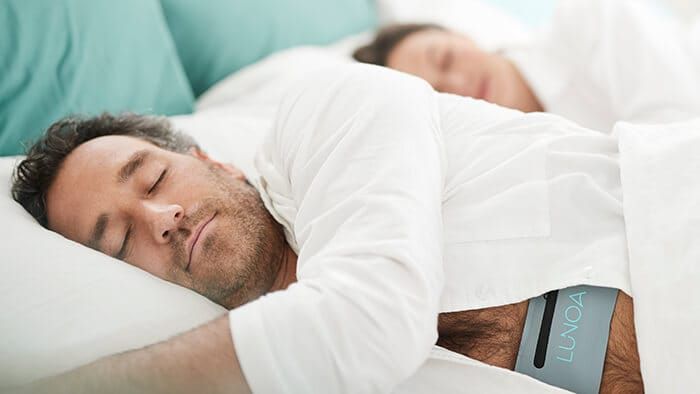Positional Obstructive Sleep apnea
by Ricky
Posted on 23-03-2020 01:56 PM

Positional obstructive sleep apnea Treatment
Obstructive sleep apnea is a serious health condition defined by repeated stopping or slowing of breathing due to air passage collapse. Obstructive sleep apnea happens when the soft tissues of the upper air passage and tongue loosen up throughout sleep. When the muscles and tissues loosen up, they can obstruct the circulation of air into the lungs. This can occur numerous times while you sleep, reducing your quality of sleep and making you feel exhausted throughout the day.
What is Positional Obstructive Sleep apnea?
Positional obstructive sleep apnea (POSA) happens when most of apneic events take place when an individual is in the supine sleep position, which is lying flat on their back. When somebody remains in the supine sleep position, the upper air passage is more likely to loosen up or collapse. When you are supine, the sizes and shape of your upper air passage are likewise altered. This integrated with gravity increases the probability of blocking the air passage.
As many as 50% of obstructive sleep apnea patients have positional obstructive sleep apnea, which means that their signs are even worse depending on their sleeping position.Even people with central sleep apnea are impacted by their sleeping position. A research study in 2005 discovered that their apnea-hypopnea index (AHI) was decreased by 50% when the patient changed sleeping position. This indicates that their apneas (stops briefly in breath) reduced in frequency and length merely by sleeping differently.Turns out there is, in fact, a best sleeping position for sleep apnea
The Risk of untreated Positional Obstructive Sleep apnea
The repeated low oxygen levels, elevated blood pressure, and heart rate can wreak havoc on the body, straining the circulatory system and the heart.People with untreated sleep apnea including POSA have an increased danger of the following:
Stroke: Apneic occasions cause an increase in high blood pressure. Eventually, the nighttime increase in blood pressure may continue into the daytime and lead to hypertension, which is a threat element for a stroke.
Heart Attack: Evidence exists that individuals with neglected sleep apnea might establish increased arterial stiffness and have less heart rate variability, which can raise the threat of a heart attack.
Type 2 Diabetes: Sleep apnea is associated with an increased threat of establishing type 2 diabetes. Being over weight is a danger aspect for both OSA and type 2 diabetes. According to research, OSA is linked to glucose intolerance and insulin resistance independent of weight problems. The occurrence of sleep apnea in individuals with type 2 diabetes has to do with 71 percent.
Positional sleep apnea treatment
CPAP machine is considered the gold standard sleep apnea treatment. Patients with positional sleep apnea often do not do well with fixed-pressure CPAP. This is due to the fact that they normally require a really low pressure when they are sleeping in the non-supine position but when they roll onto their backs, they need more pressure to keep the airway open.
Philips Nightbalance Lunoa is a sleep position treatment option for patients with positional obstructive sleep apnea. Philips Nightbalance Lunoa is a mask-free unit that is worn around the chest in a soft, adjustable belt. Over the course of the night, it delivers mild vibrations to encourage a shift from sleeping on your back to sleeping on your side. It monitors your sleep positions and changes the strength of the vibrations as needed, without disturbing your sleep.